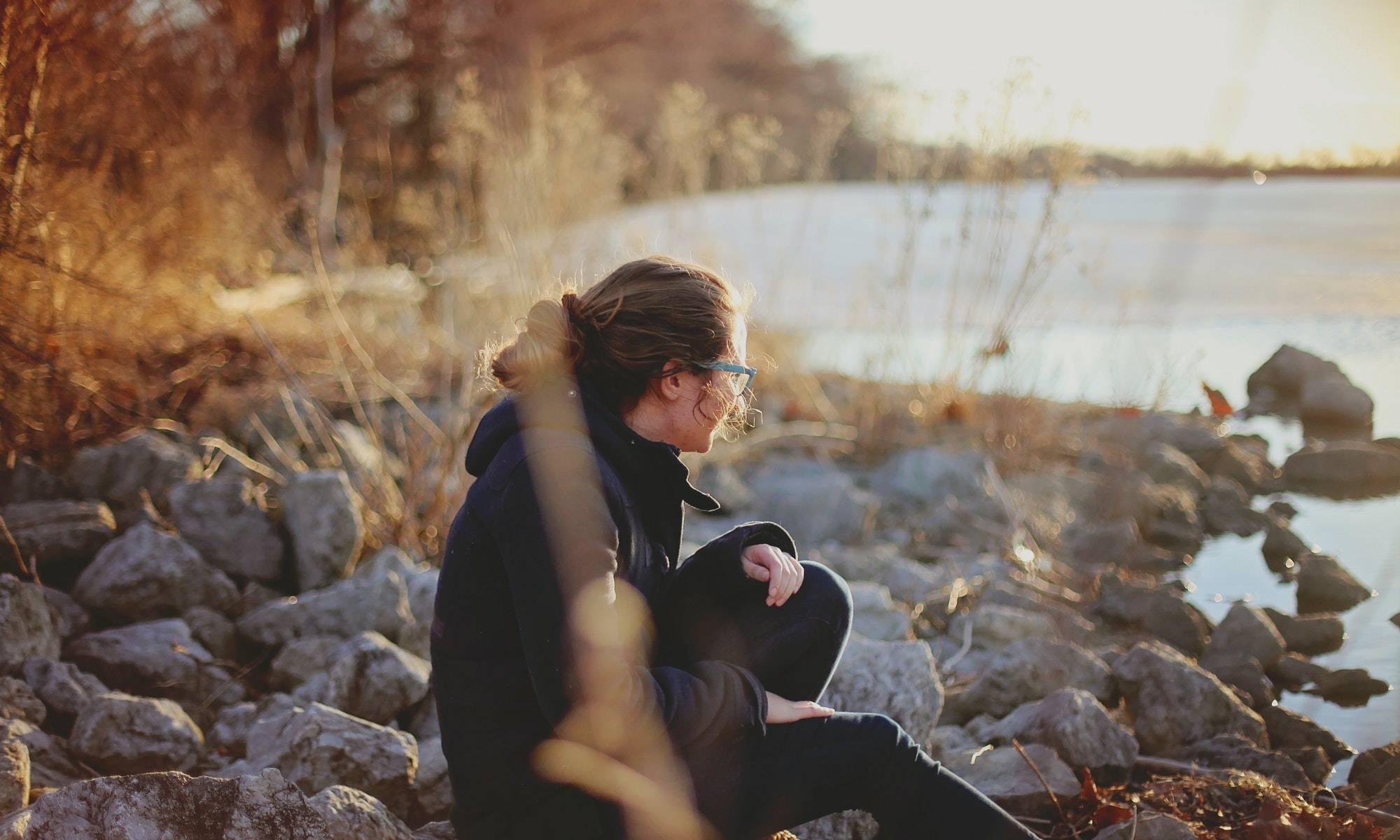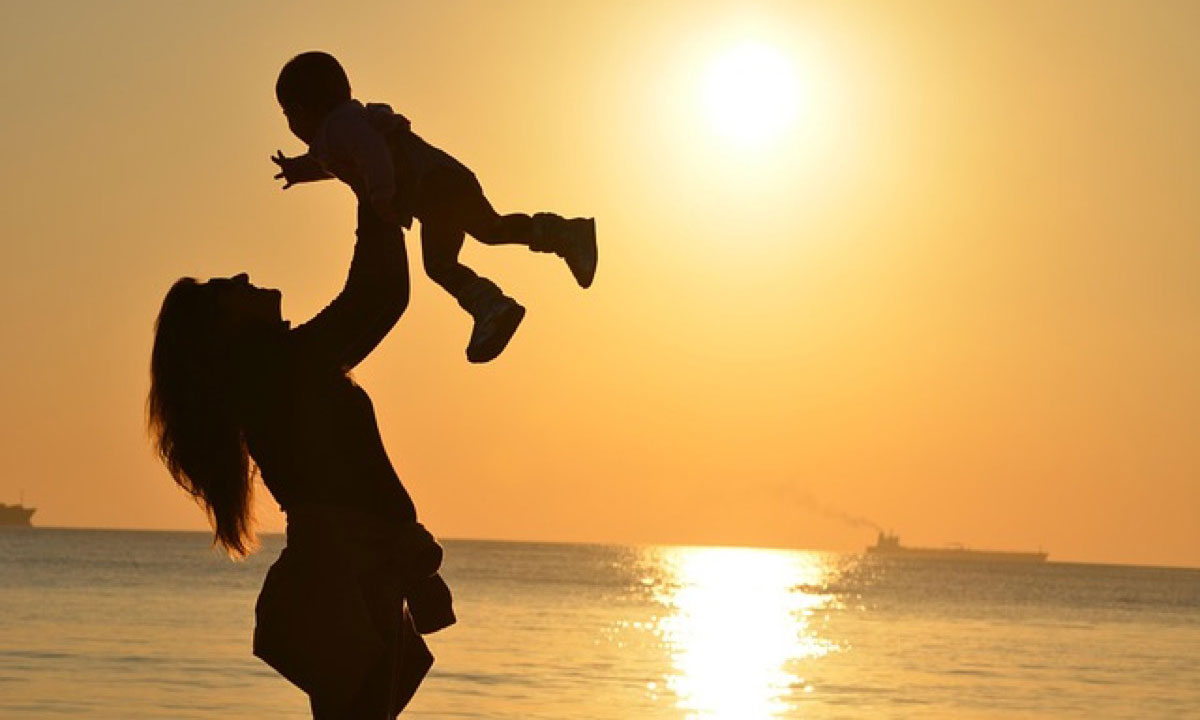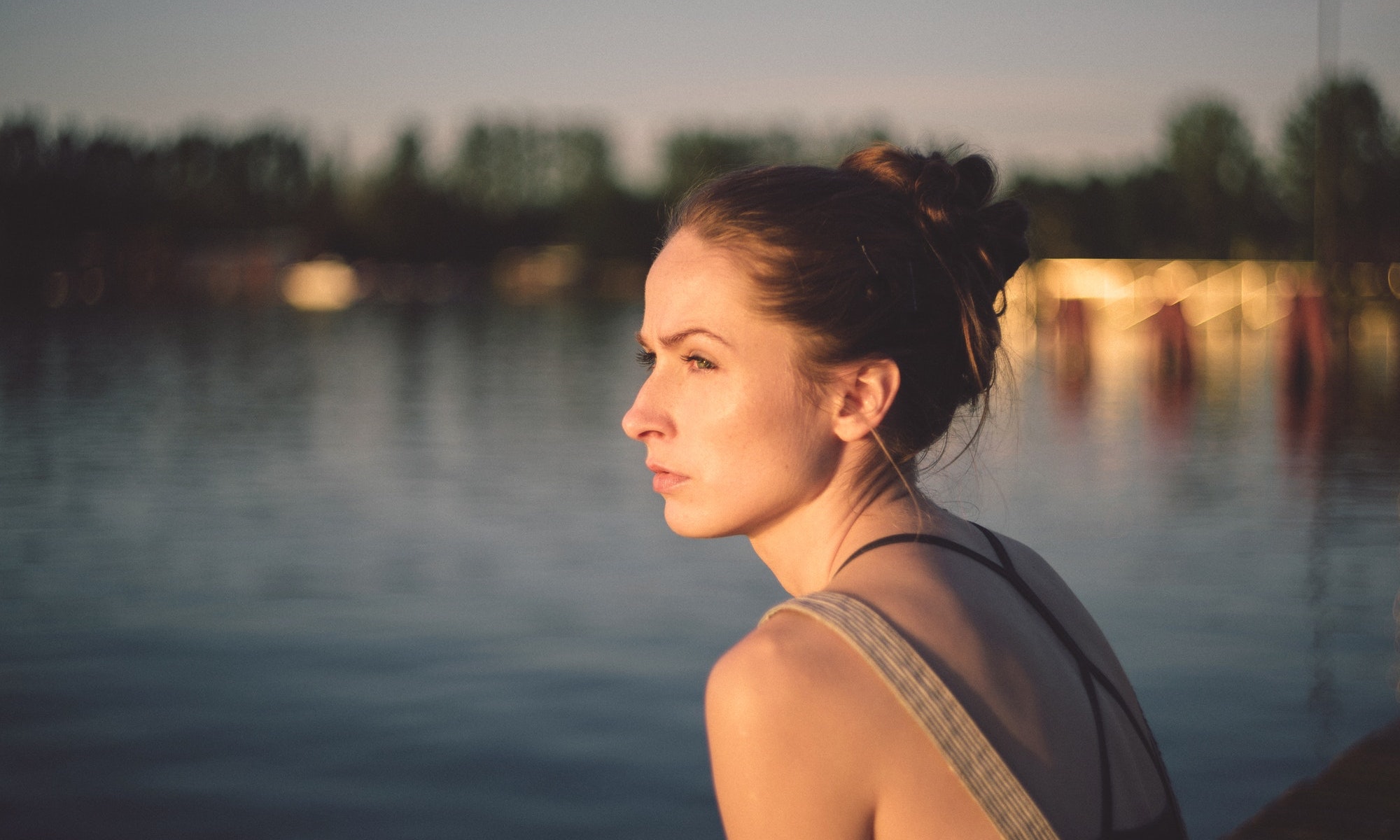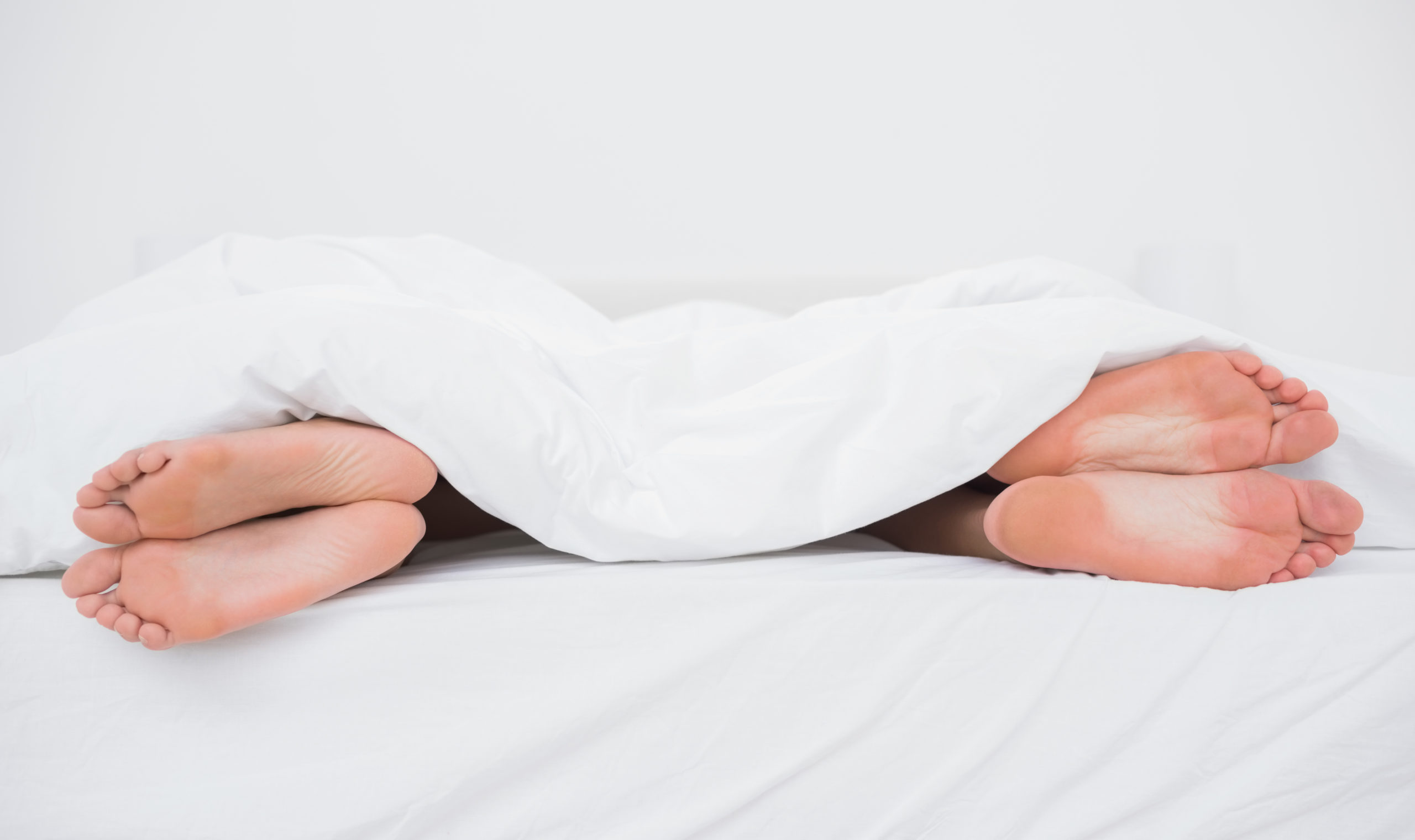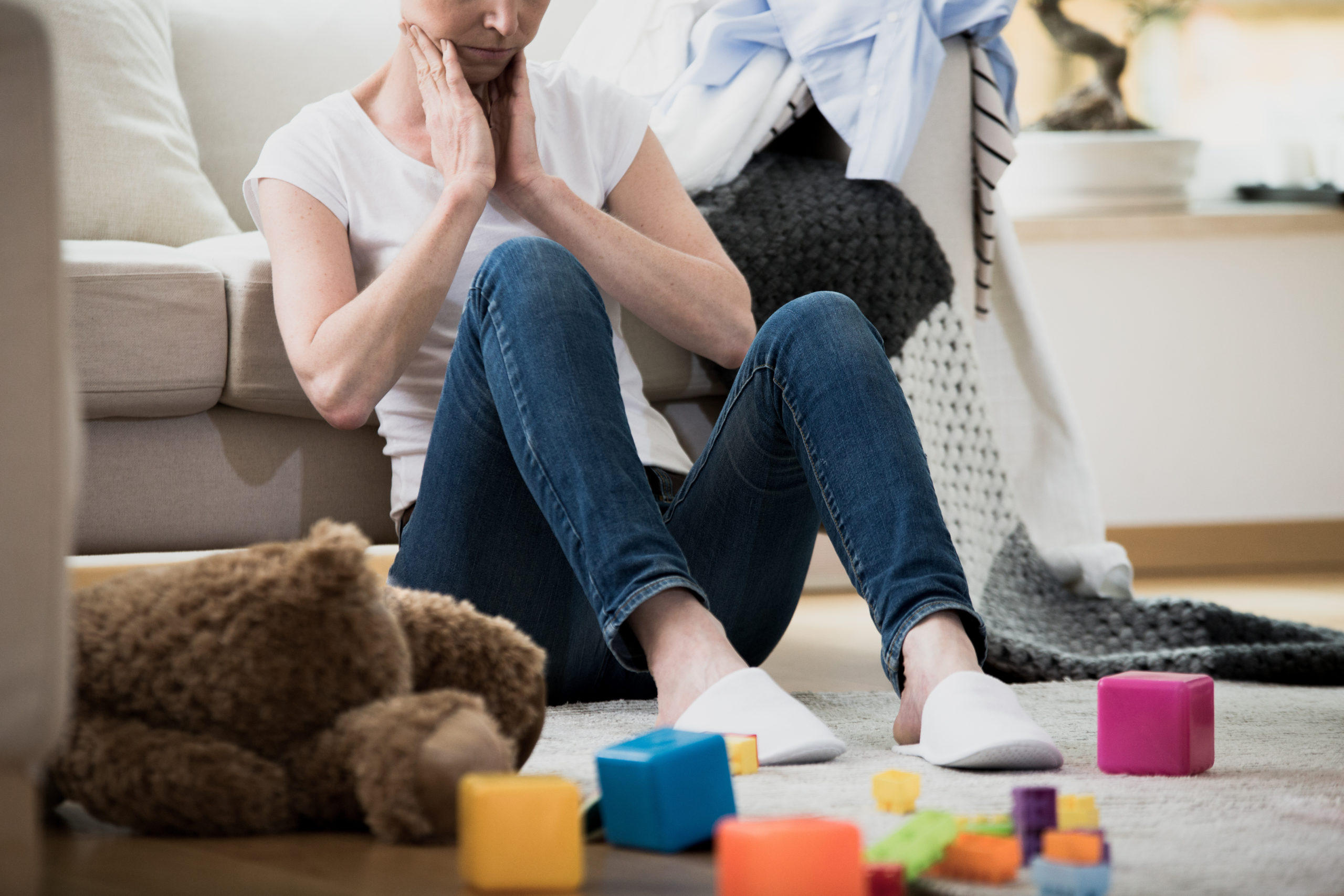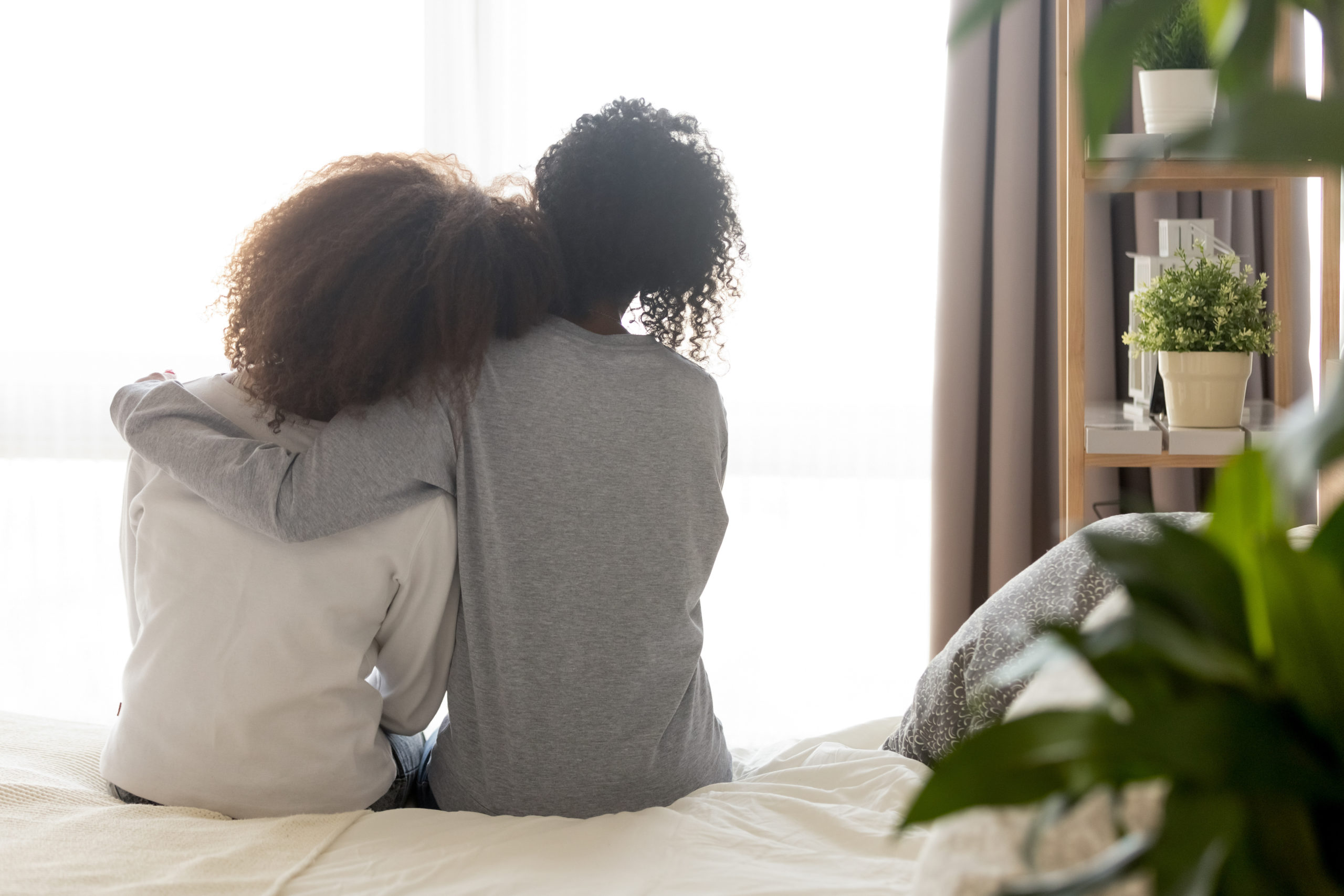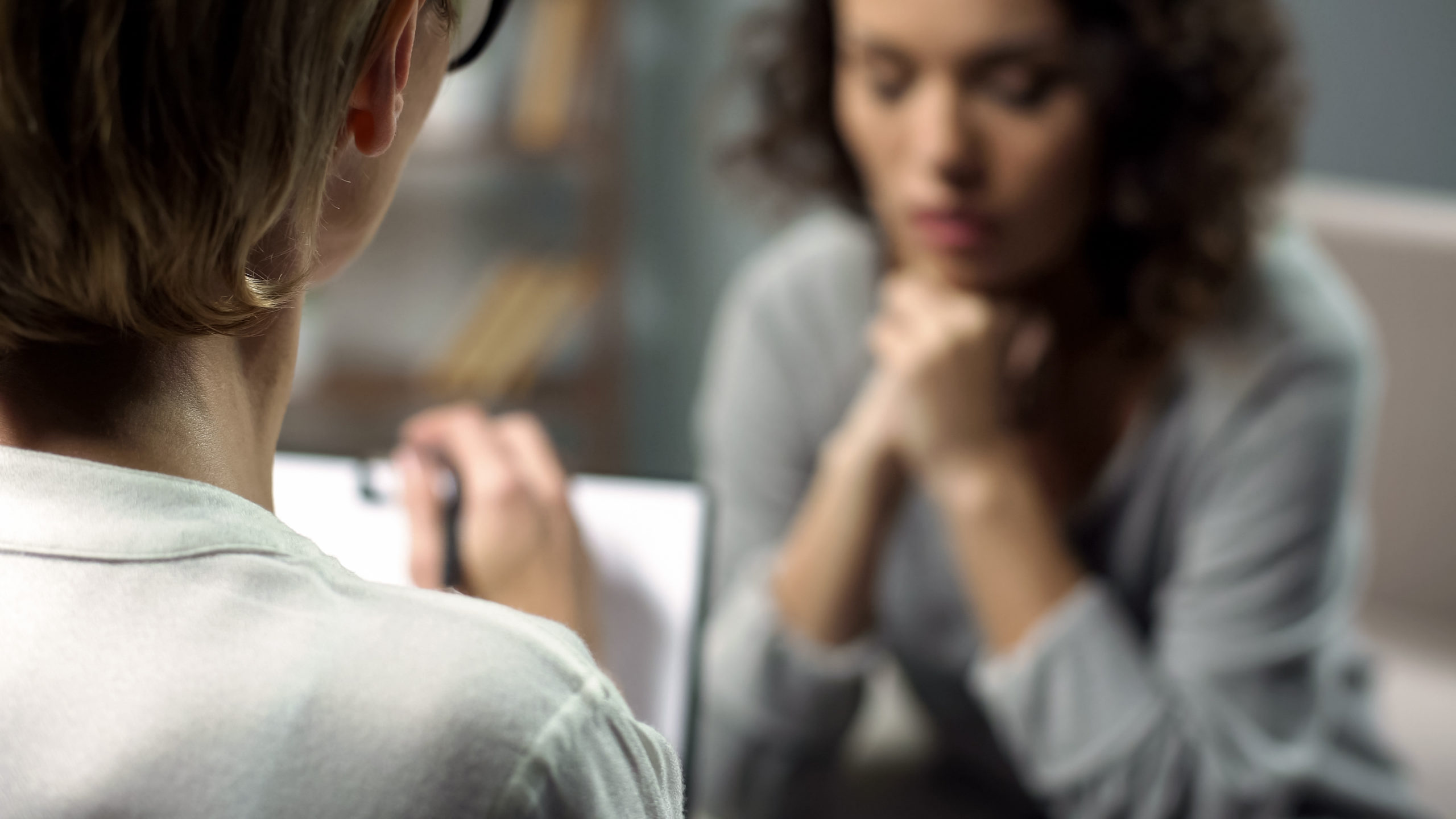As the summer winds down to an end and school & work resume, many of us are struggling with the chronic fatigue and stress that operating in a COVID-19 world requires. Options for social connection, self-care, and exercise have required creative solutions and effort to maintain.
As a therapist, I often see (and feel) the affects of season change, especially when it becomes too hot or too cold to comfortably spend time outside. This year, as we head into fall and winter, I’m especially mindful of seasonal affective disorder and the additional burden that COVID will add to those experiences this year.
The good news is that there are tools that can prepare you to head into the fall, especially if you know this time of year is frequently hard for you.
Seasonal affective disorder (SAD) is the name for a type of depression/anxiety that tends to increase in the fall and winter, when days become shorter and darker. While SAD can impact men and women, women are four times as likely to experience seasonal depression. Other risk factors include a family history of SAD, previous depressive or bipolar episodes, and young adults (and even sometimes teens and children) are typically the most effected group.
SAD can look like:
– Increased tearfulness & hopelessness
– Social Withdrawl – Feeling isolated and alone
– Increase lethargy/lack of motivation or inability to concentrate
– Agitation or irritability
– Changes in appetites
Here are some tips for preparing to approach the fall and winter in a COVID world:
1) Limit Social Media Exposure
Set screen time limits on your phone so that you have firm boundaries on how much information you are absorbing through apps like Instagram, facebook, twitter, and even the news. We often absorb the anxiety and stress while scrolling, and while it remains important to be informed it should not be at the expense of your mental health.
2) Schedule Outdoor Time
I know this one can be hard with all we are juggling at home (and, let’s be honest, who wants to be outside when the weather gets bad?) But spending even short periods of time outside can help to combat isolation, loneliness and can increase Vitamin D absorption, which is sometimes be a contributing factor in people with SAD.
It can be helpful to pair outside time with a reward for doing so (listening to favorite music, a podcast, curbside pick-up of coffee or another mid-day treat). The most important factor is consistency.
3) Light Box Therapy
In addition to time outside, you can also purchase a light box or lamp which simulates some of the affects we get from being outside on a sunny day. Vitamin D deficiency has been shown to increase the presence and severity of seasonal depressive symptoms.
4) Use Meditation Apps
Again, the most important thing about practicing meditation or breathing exercises in consistency – not necessarily the structure or length. If you feel you can only commit to 5 minutes a day – that’s fine. Mindfulness and meditation can help us to use our imaginations and feel like we get a calm escape from the winter (I always like to picture a water with crystal clear water). I recommend using the app that works best for you, but some I like are Calm, Headspace, Insight Timer, and Mood Meter.
5) Psychotherapy
Cognitive behavioral therapy has been shown to be incredibly effective in the treatment of SAD. Partnering with a therapist can help combat those feelings of loneliness, heaviness, shame and disconnection. I often recommend starting by talking to your primary care physician to get a recommendation or by searching on Psychology Today.
6) Medication
Sometimes medication or supplements can be a helpful addition for SAD. A combination of psychotherapy and medication has been shown to be the most affective approach, though it’s a personal choice. If you are interested in exploring whether medication might be helpful, talk to your doctor and ask for a referral. I also recommend looking on The Washingtonian website that allows you to search for top ranked doctors, including psychiatrists.
7) Community
You are certainly not going to be alone in the inevitable COVID winter slump. Communicate with friends or loved ones that you anticipate this might be a hard time for you and be direct in asking for what you need (extra texting, phone calls, socially distanced dinner, or regular walks.) If you don’t feel like you have a good support system or don’t feel comfortable seeing friends in-person, look for a support group that can help provide you with a virtual community. The Quarterlife Center offers wonderful groups by topic. You can also search for groups on Psychology today or on neighborhood listservs.
Read more of Joanna’s blogs by visiting The Quarter Life Center Blog.

